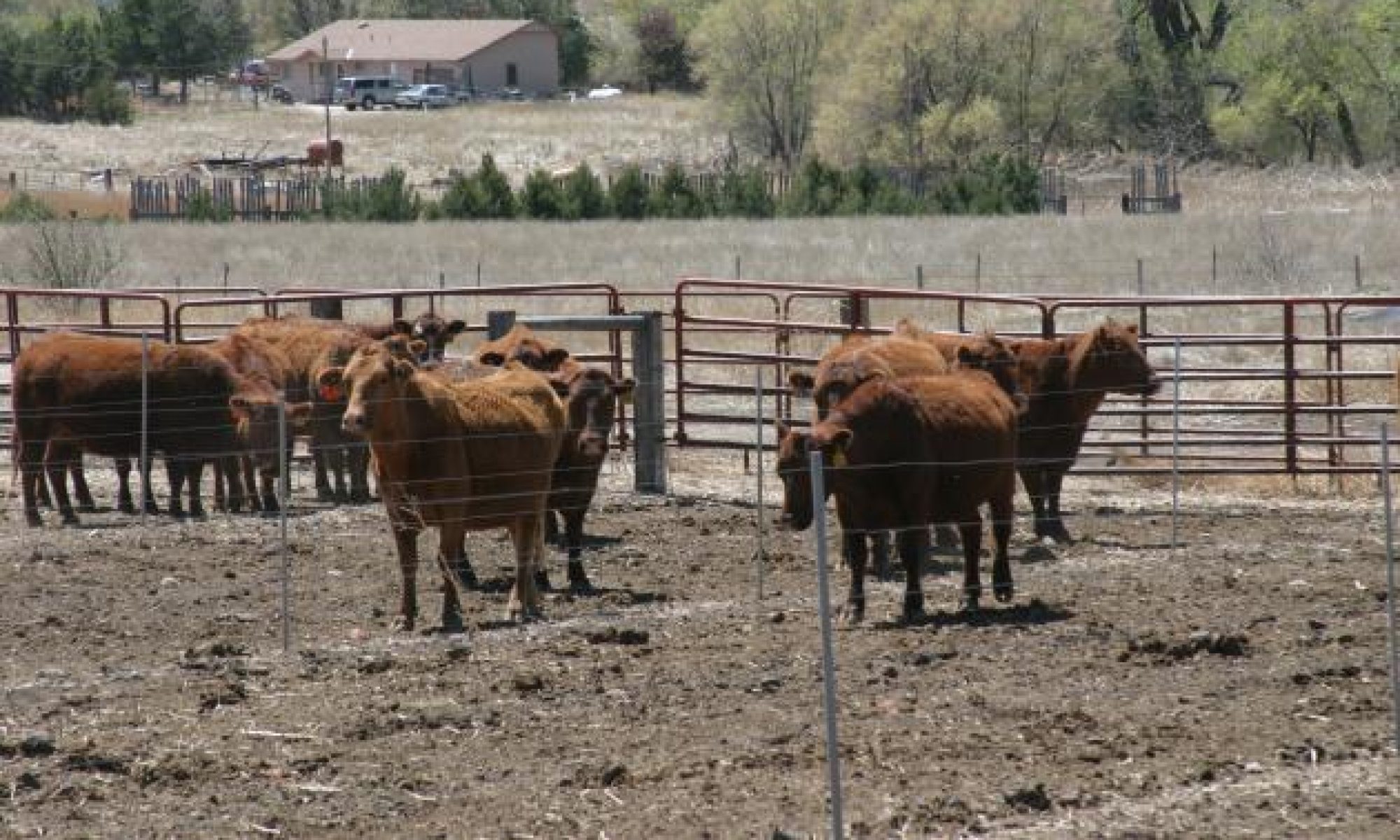The first issue for most corn producers may be protecting farm program and crop insurance benefits. It is our understanding that regular farm program payments will be received regardless of how the corn is used. But silage has been eligible for Loan Deficiency Payment (LDP) in the past, while grazing has not been eligible. Of course, not much LDP is available for a 0 bushel grain crop!
Federal disaster eligibility still is a totally different question that you need to check into before you do anything. Corn can be harvested as hay (much like cane hay, with a thick, slow-drying stalk), as silage, or grazed. It has the potential to solve some of the forage/feed shortage caused by drought, although getting corn forage to the animals or bringing animals to the forage remains a logistics challenge.
Challenges for Hay
-
Mechanics of Harvest (especially cutting)
Bale integrity often is less desirable than for other forages (especially in round bales). -
Nitrates
Testing is a must, and cutting at taller stubble heights will help. -
Feed Value / Feeding
Grinding may be needed to limit refusal and waste of stems. Silage is an excellent choice for reducing nitrate problems; an average of one-third to one-half of nitrates are neutralized during fermentation. Standing corn will remain too wet for a long time due to stalk retention of moisture. Waiting until crop dries to desired 65% moisture, windrowing and field wilting to reduce moisture, or mixing wet chop with dry feeds like corn grain or chopped hay can overcome the moisture problem. Silage does not transport well, so it makes for a poor cash crop unless livestock are near. If you consider grazing as an option for using your drought corn field, make sure you fill the cattle up on hay before you turn them out. Most deaths to cattle because of nitrates are of cattle that are hungry and are allowed access to a feed that has nitrates. Grazing will have some nitrate concerns, depending on how completely animals are forced to eat the lower stalks. Bigger challenges are fencing and water because most fields do not have these resources. But many are winter grazed using temporary fencing and hauled water, so this problem can be overcome. Grazing management, such as strip grazing, will be needed if efficient use is desired; otherwise cattle will trample and waste a huge portion of the crop. Again, do not force cattle to graze the lower 8 inches of the stalk where most of the nitrates will accumulate. If animals are given the opportunity to selective graze, they will select the leaves first, followed by the upper portion of the stalk, and these parts of the plant typically do not pose nitrate concerns. Nutritionally, drought-damaged corn easily should be close to adequate for beef cows, dry or with suckling calves, and replacement heifers. Salt should be supplemented, and a mineral containing some phosphorus is likely needed through the breeding season.
